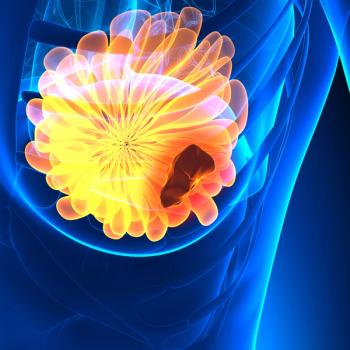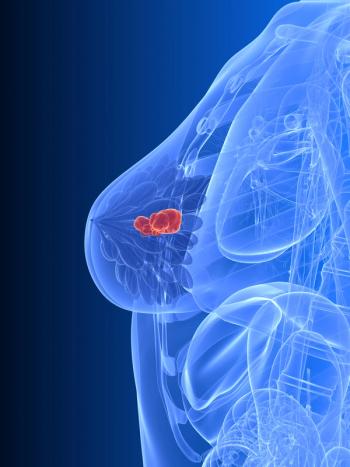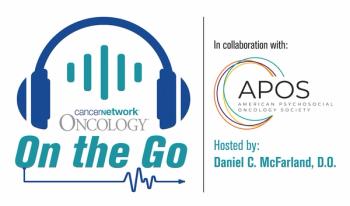
Oncology NEWS International
- Oncology NEWS International Vol 6 No 2
- Volume 6
- Issue 2
President Clinton Unveils National AIDS Policy
WASHINGTON--President Clin-ton calls his new national AIDS strategy an important milestone in the history of efforts to end the pandemic that has killed more than 343,000 Americans since 1981. "In the 15 years of this epidemic, we have never had such a unified strategy," the President said. "These goals will guide our work in the coming term and, more specifically, in the coming year."
WASHINGTON--President Clin-ton calls his new national AIDS strategyan important milestone in the history of efforts to end the pandemic thathas killed more than 343,000 Americans since 1981. "In the 15 yearsof this epidemic, we have never had such a unified strategy," thePresident said. "These goals will guide our work in the coming termand, more specifically, in the coming year."
Six General Goals of the National AIDS Strategy
The new policy was drafted by the White House's Office of National AIDSPolicy after consultation with a number of federal agencies, health andmedical groups, religious organizations, and AIDS advocates.
"The development of a national AIDS strategy is a historic undertaking,"said Patricia S. Fleming, director of the AIDS office. She emphasized thebreadth of the new policy, which involves all federal departments and agenciesengaged in HIV-related work; reaches out to communities and the privatesector; and identifies areas where the federal government should focusits efforts.
"The national AIDS strategy provides a foundation for the continuingpublic-private partnerships that are essential to our success in endingthis epidemic," Ms. Fleming added.
Articles in this issue
almost 29 years ago
NCI Launches Trial of High-Dose Chemo for Advanced Ovarian Canceralmost 29 years ago
'More May Be Less' in Metastatic Cervical Canceralmost 29 years ago
At 10 Years, DCIS Patients' Risk of Breast Cancer Death Is Very Lowalmost 29 years ago
Survey Finds 122 New Anti-HIV Medicines Currently Being Testedalmost 29 years ago
Mammotomy May Reduce Biopsy Sampling Errorsalmost 29 years ago
Ultrasound Advances May Expand Role in Treatment PlanningNewsletter
Stay up to date on recent advances in the multidisciplinary approach to cancer.





















































































